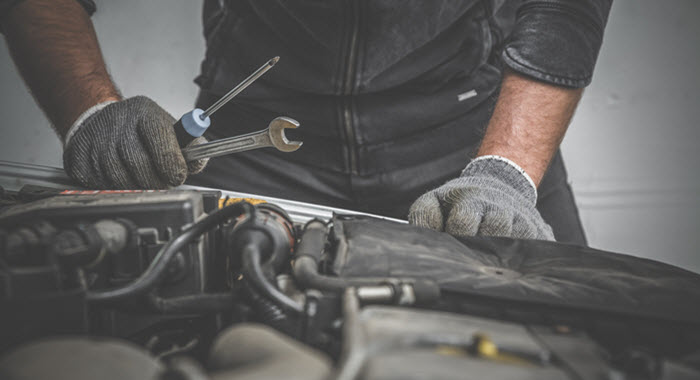Your vehicle is an intricate collection of parts that work together to make your car perform optimally. When one part is damaged or out of whack, it can impact the way your car operates on a grand scale.
All vehicle owners understand the importance of paying attention to subtle differences in your car’s performance. One of those vital changes has to do with frequent vacuum leaks. Much like internal oil leaks, this issue can cause irreversible damage when left unattended. If you’re trying to maintain the health of your car and increase its lifespan, consider these interesting facts about how vacuum leaks impact how your car drives.
What role does the vacuum play?
In order for your engine to operate at an optimal level, the vacuum must support it. In addition to the engine, the brake booster and fuel pressure regulator also rely on a properly working vacuum. In a nutshell, this piece is paramount to how your car drives safely.
When the vacuum leaks, it cause undue damage to the engine, thus causing an uncomfortable drive and possible engine failure. In order to properly identify whether or not your vacuum is leaking, it’s best to consider the answers to the following questions:
- Is my engine stalling?
- Is my engine driving roughly?
- Is idling expedited?
- Does my car hesitate?
- Do I notice more emissions?
- Am I getting less fuel to the gallon?
- Is my check engine light on?
If you answered yes to any of these questions, there may be a good chance that your vacuum is experiencing a leakage. Paying attention to these seemingly minimal changes can make a huge difference in how well your vehicle performs.
Can you diagnose a leak yourself?
The best way to diagnose this problem is to use a scan tool. If your vacuum is displaying a reading greater than 10+, this proves the validity of a vacuum leak. Test this by adding fuel to the vehicle. Accelerate the engine to 2,000 RPM. If your reading goes below 10, there’s a good chance you have a vacuum leak. When this occurs, it’s best to immediately take it to a trained mechanic to diagnose the issue officially.
How to Find the Source of Vacuum Leaks
Determining where your vacuum leak is coming from is an excellent way to determine what needs to be fixed. A few common places are interior hoses, brake boosters, EGR valve, and the body gasket.
One of the easiest ways to determine the source of a vacuum leak is to use a smoke machine. When the smoke is sent inside of the car, it’ll blow out if there is a leak. Most professional mechanics have this piece of equipment on hand, as it’s pricey and designed for professional use.
The next way to do this is not as expensive and doesn’t require specialized machinery. If you spray carburetor cleaner where you think the source of the leak is, the engine’s RPMs will skyrocket if there is indeed a leak. Therefore, pay attention to how this important system is functioning if you choose to go that route.
How to Tackle This Hefty Challenge
One of the best ways to deal with a vacuum leak is to replace wherever the leak is coming from. That may sound easy in theory. However, if you don’t have a mechanical background, it can be hard locating the leak and then undergoing a complete replacement. However, if you’re willing to take on the task, there are several online tutorials that describe in great detail how to overcome this issue and carry out this repair.
Finally, the best way to mend this issue without the risk of physical damage to yourself or your vehicle is to take it to a trusted mechanic. They are trained in all aspects of car maintenance. Therefore, they have the tools and skills needed to perfectly accomplish this issue. When you let a professional handle this service, you can feel confident knowing that the issue is solved and free of potential mistakes.
How We Can Help
Das European Autohaus has been providing thorough automotive services in the Spring and Houston, TX areas for a number of years. You can trust this team of experts to restore your vehicle back to its original function.


